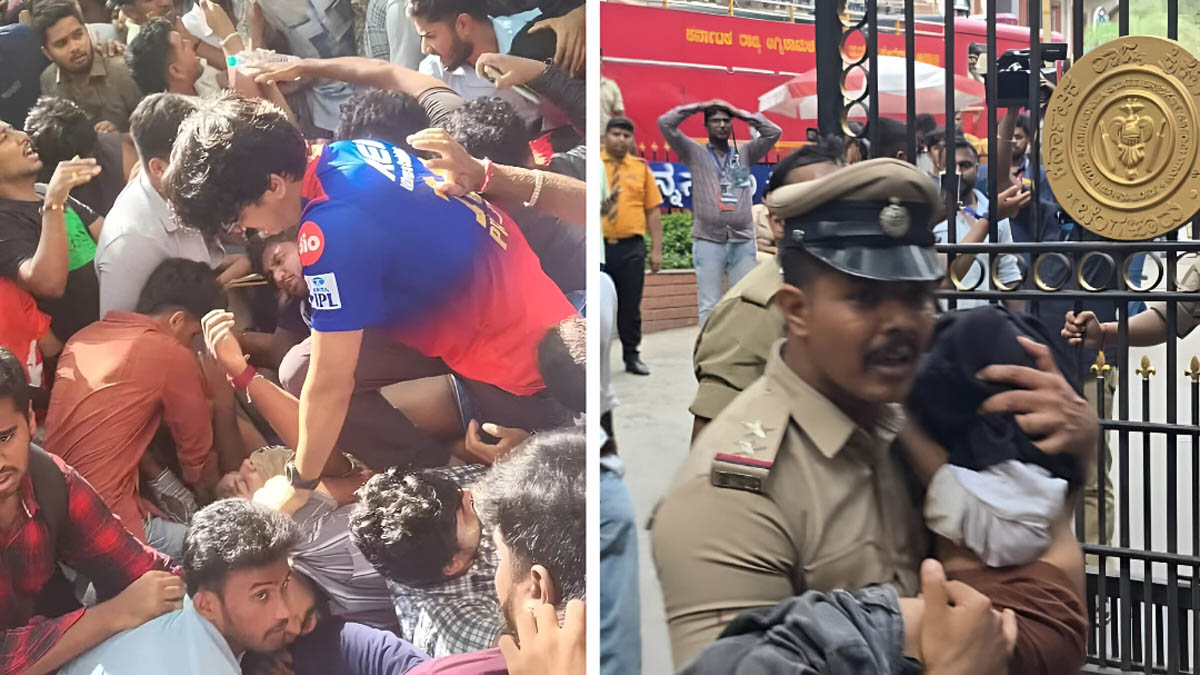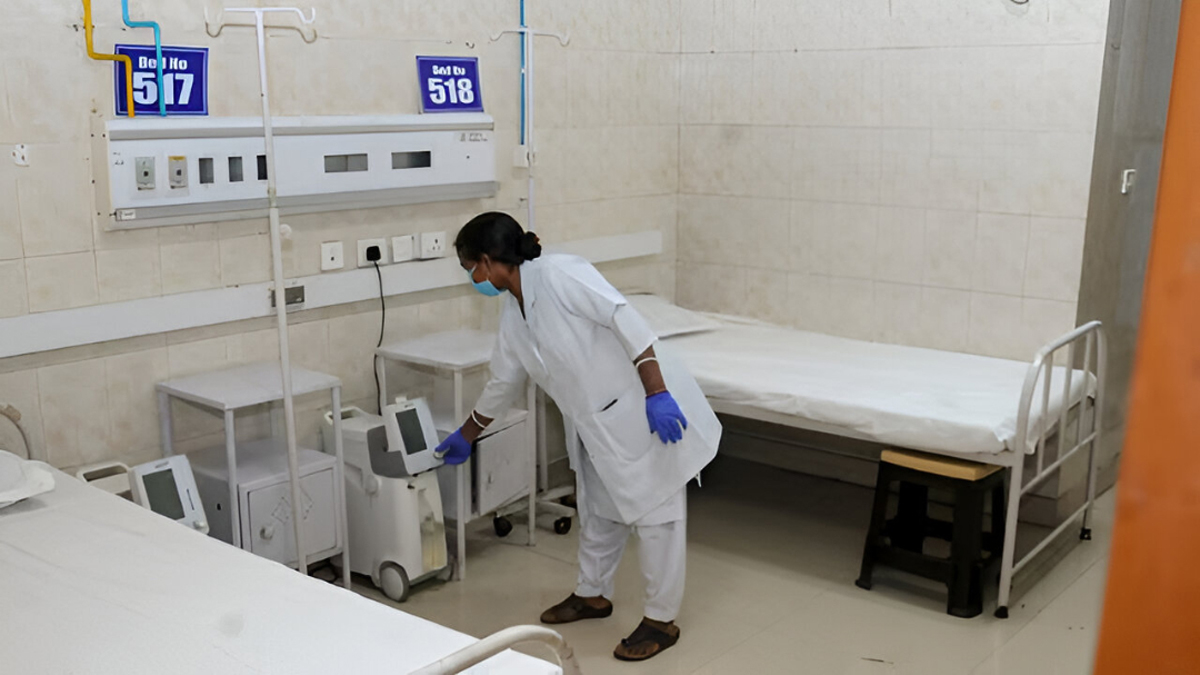Now Reading: Bengaluru Stampede: Cheers Drown Sirens in Tragic IPL Celebration
-
01
Bengaluru Stampede: Cheers Drown Sirens in Tragic IPL Celebration
Bengaluru Stampede: Cheers Drown Sirens in Tragic IPL Celebration

A jubilant celebration of the Royal Challengers Bengaluru‘s (RCB) maiden IPL victory tragically transformed into a scene of chaos and despair on Wednesday, as a devastating stampede outside the M. Chinnaswamy Stadium claimed at least 11 lives and left dozens injured. In a chilling testament to the overwhelming crowd, reports indicate that the blare of ambulance sirens, vital signals of distress and urgency, were tragically “drowned out by the cheer” of ecstatic fans, highlighting a critical breakdown in crowd management and emergency response.
The city had erupted in a frenzy of anticipation for RCB’s historic win, with an estimated two to three lakh people converging around the stadium, a venue with a mere 35,000 capacity. What was meant to be a moment of collective joy quickly descended into a horrifying crush as fans, many without valid passes, attempted to force their way into the already packed stadium. Eyewitnesses described a terrifying surge, with people falling, being trampled, and struggling for air amidst the human tide.
The sheer scale of the crowd, far exceeding all official estimations, proved to be the primary catalyst for the disaster. Gates, designed for controlled entry, became choke points as desperate individuals pushed forward. There are accounts of barricades being breached, temporary structures collapsing, and individuals attempting to scale walls and fences in a desperate bid to get inside. This uncontrolled influx created a perilous environment, where even the most fundamental safety protocols were rendered ineffective.
Perhaps one of the most poignant and alarming details to emerge from the aftermath is the inability of emergency services to effectively navigate and respond to the crisis. Amidst the deafening roar of celebratory chants and cheers, the distinct wail of ambulance sirens, a sound universally recognized as a call for help, became practically inaudible. This critical impediment severely hampered the timely access of medical personnel to the injured, potentially exacerbating the severity of injuries and contributing to the tragic loss of life. Videos and accounts from the scene depict paramedics and volunteers struggling to ferry the injured through the dense, still-swelling crowds, a grim race against time.
Authorities, including the Karnataka Chief Minister Siddaramaiah, have expressed deep sorrow and acknowledged the unforeseen magnitude of the turnout. A magisterial inquiry has been ordered to investigate the lapses that led to this catastrophe. Questions are being raised about the adequacy of planning, communication regarding the event, and the deployment of security personnel. The initial cancellation of an open-top bus parade due to security concerns underscores a prior awareness of potential crowd issues, making the subsequent failure to manage the stadium gathering all the more perplexing.
The tragedy serves as a stark reminder of the inherent risks associated with large public gatherings and the paramount importance of meticulous crowd management, effective communication, and robust emergency preparedness. While the city mourns its lost loved ones and grapples with the shock of a celebration turned nightmare, the focus now shifts to accountability and ensuring that such a heartbreaking incident is never repeated. The drowned ambulance sirens stand as a powerful symbol of a moment when the joyous roar of a city’s triumph tragically overshadowed the urgent pleas for help.








